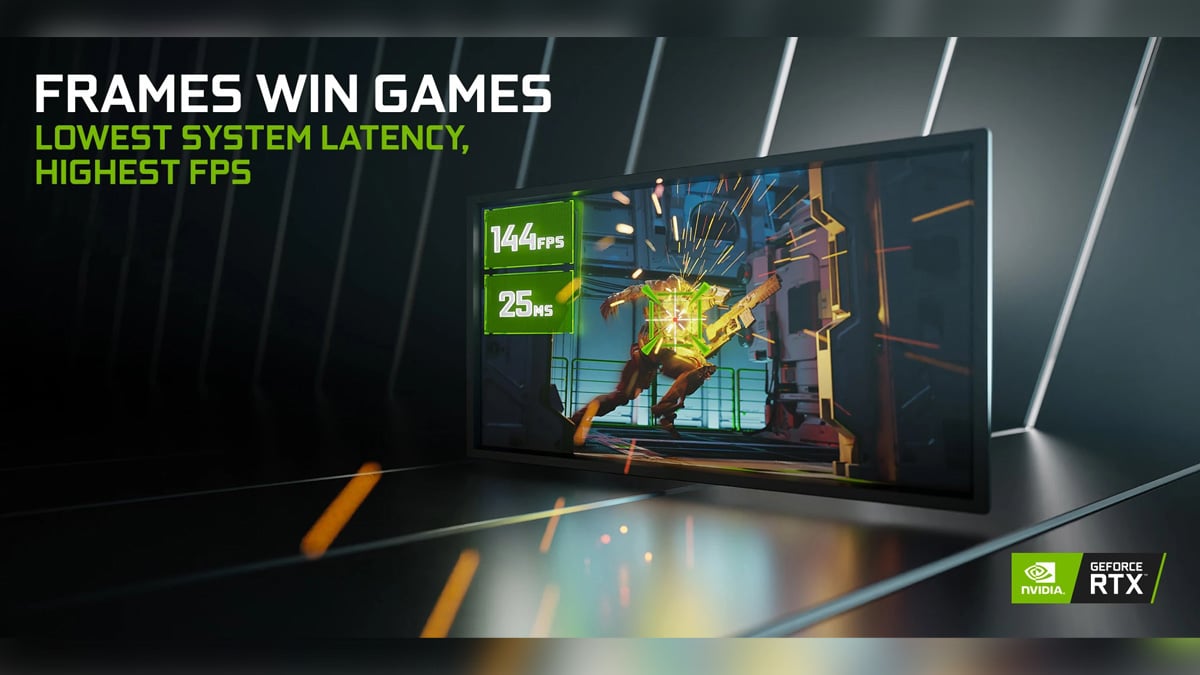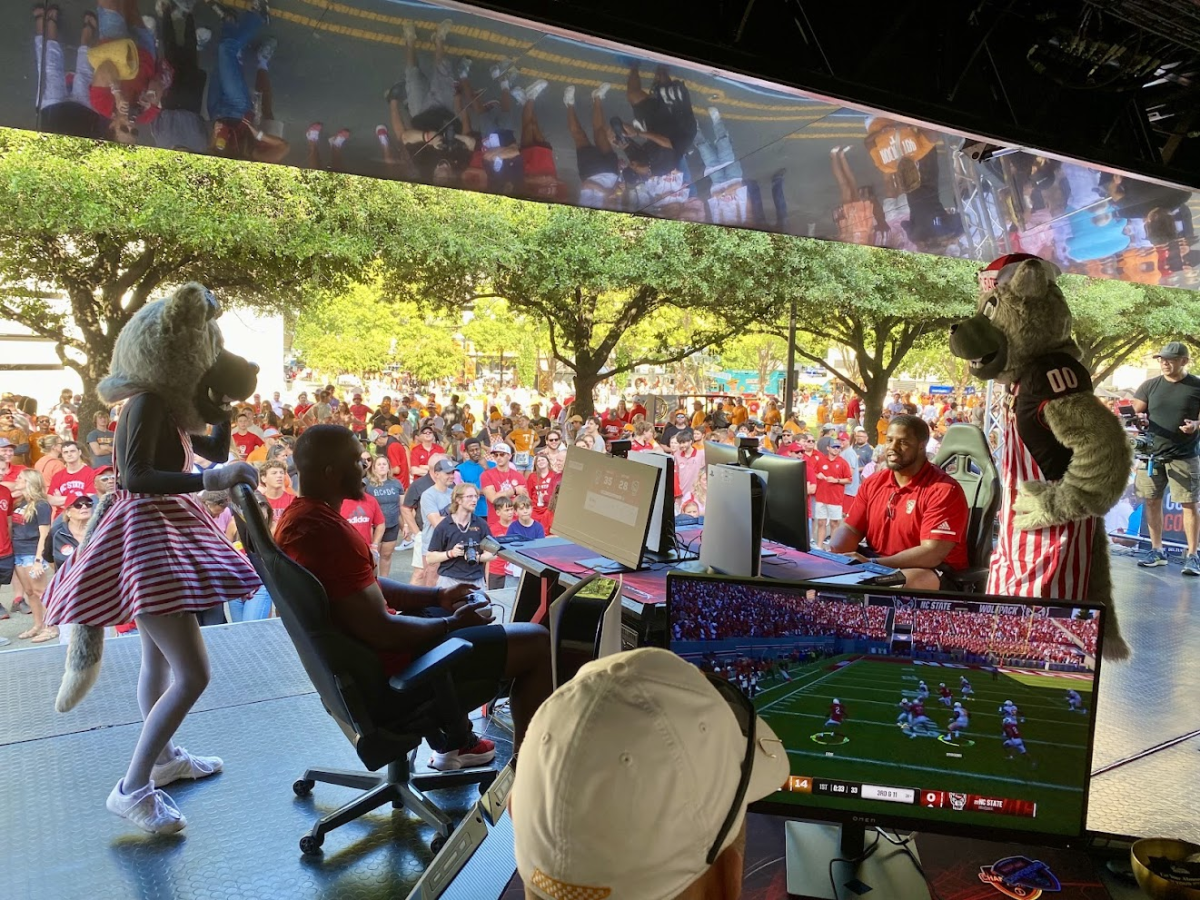This article is sponsored by NVIDIA.
Terms like refresh rates and frames per second are often used to describe gaming performance, but what do they mean? More importantly, do they make a difference when you play?
We’ll answer these questions here so you know what hardware to use to get the most out of your setup.
Frames per second (FPS)
Frames per second, or FPS, refers to the number of images your PC can render every second. Most people can only process single images at a rate of 10 to 12 frames per second, and anything faster looks like it’s in motion. This is how video works; more frames per second equates to smoother pictures.
The PC’s CPU and GPU calculate the textures, physics, and positions of the onscreen images and render each frame accordingly. Since games also have different graphics requirements and visual settings ranging from low to high, they can also impact the number of FPS generated by the PC.
Computers with older hardware can often struggle with the complex imagery required by modern games and cause stuttering and low framerates, negatively impacting the gaming experience.
The latest GPUs, like NVIDIA’s new 40-Series, deliver the fastest performance and can generate over 600 FPS with popular esports titles like Fortnite and Rainbow Six: Siege.
Refresh rate
Refresh rate is measured in Hertz (Hz) and refers to how many individual frames a monitor can display each second. Ideally, the monitor’s refresh rate should be around the same as the FPS generated by the PC to prevent screen tearing and stuttering.
Many gamers use adaptive sync technology like NVIDIA’s G-Sync to match the GPU’s FPS and monitor’s refresh rate. Synchronizing the two reduces screen tearing and provides a smooth, lag-free visual experience.
It’s worth noting that no matter how fast your computer’s FPS is on your favorite game, it’s capped by the monitor’s refresh rate. So if your PC has a high-end RTX 3090 that can push 200 FPS on a game like VALORANT, the monitor will limit it to 60Hz if that’s its maximum refresh rate.
On the other hand, if you have an older GPU that can only push around 60 FPS, you won’t enjoy the benefits of a fast 360Hz monitor because your hardware can’t match its performance.
Most standard monitors have a 60Hz refresh rate for doing day-to-day tasks or watching videos. Gaming monitors take things further, offering between 120 and 360Hz refresh rates, but they require powerful graphics cards capable of complex 3D imagery to reach their full potential.
Some of the fastest monitors on the market, like the Acer Predator X25 and Asus ROG Swift PG259QNR, have 360 Hz refresh rates for the smoothest gaming experience, but they’re limited to 24.5-inches and 1080p resolution.
This is because higher resolutions like 1440p and 4K have a larger surface area with more pixels and are more demanding on the CPU and GPU. That’s why 24.5-inch options like the Acer Predator X25 have a high 360Hz refresh rate compared to a larger 27-inch Asus ROG Swift PG279QM with a 240Hz refresh rate or the 32-inch Viewsonic Elite XG321UG with a 144Hz refresh rate.
How do FPS and refresh rates affect the gaming experience?
FPS and refresh rates profoundly affect fast-paced competitive gaming because every millisecond counts, and whoever’s faster has the edge.
Slower framerates give players a slightly delayed view of the game and drop the mouse sampling rate. If a player with higher FPS goes up against enemies with slower FPS, they have a distinct advantage because they see the target first and can get a shot off before they’re seen.
This is especially true with peeker’s advantage in esports titles like VALORANT. A player holding an angle is less likely to be killed by the enemy if they have a high FPS advantage and can get their shot off first. Flick shots also become easier because the smoother picture makes it easier to track moving targets.
NVIDIA’s popular catchphrase “Frames win Games” sums it up perfectly and there’s no doubt you need the fastest equipment to compete with the best. To get the best visual experience for your games, check out the full range of NVIDIA products available at Scan Computers.







Published: Oct 31, 2022 10:00 am